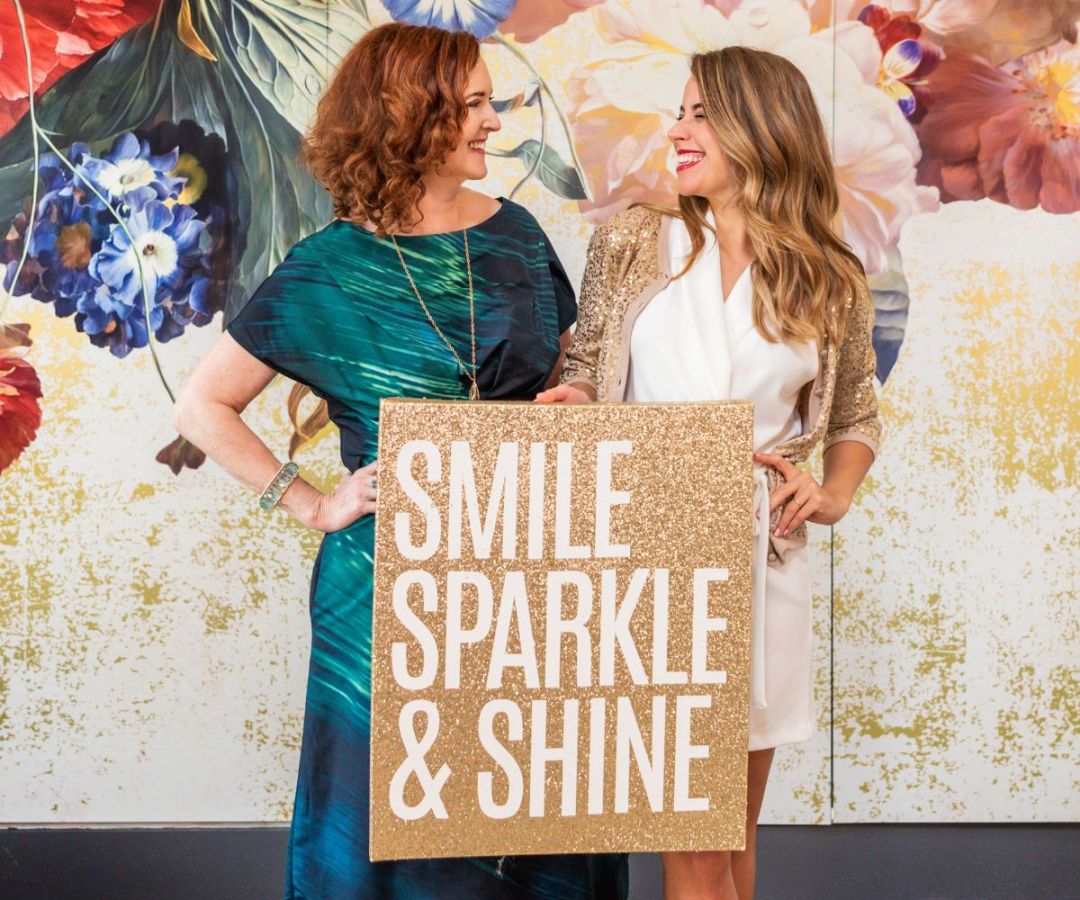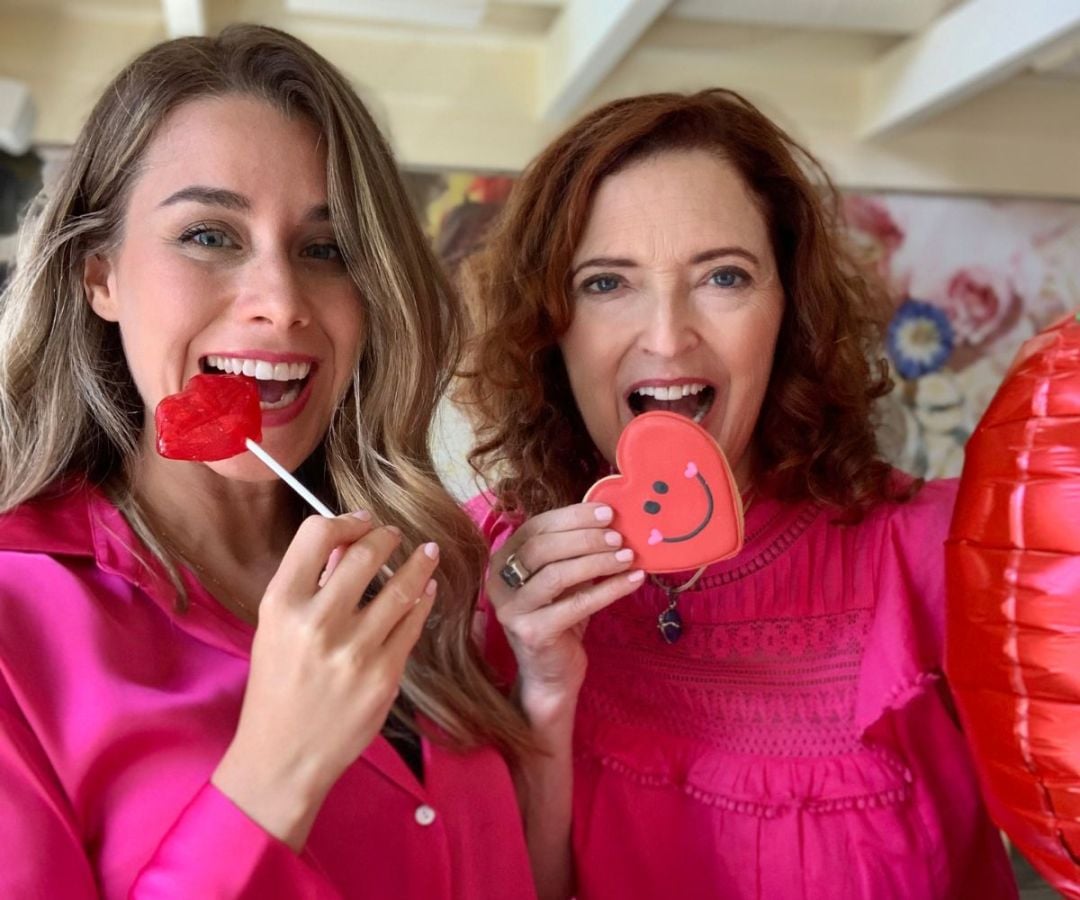How to Care for Your Invisalign Trays

There’s no question that life with Invisalign® overcomes many of the drawbacks of traditional braces when you need to address your teeth alignment issues. The series of progressive aligner trays are removable, so you don’t need to adapt your diet as you would with braces. Simply pop out your aligner trays and enjoy food as you always have. Combine this with virtual invisibility as you wear your trays, and already you have significant improvement over metal bands and wires.
While the advantages don’t stop there, your Invisalign system does require some special treatment to protect both the trays and your oral health. For those who are new to the world of clear, removable teeth alignment, AnnMarie Olson DDS PA and her expert team put together this tip guide to caring for your Invisalign trays.
Understand your Invisalign system
For your Invisalign system to work as expected, you wear your trays for 20-22 hours a day while you work, play, and sleep. The only time you remove your trays is while eating and brushing your teeth.
The material used to make the trays is strong enough to gently move your teeth into the desired directions, but it’s not strong enough to withstand the forces created by biting and chewing.
This material is also much less resistant to staining than your tooth enamel. You may already know that beverages like coffee, wine, tea, and soda can stain your teeth over time. Invisalign trays stain much faster, and they may absorb odors from food and drink. Unless it’s plain water, always remove your trays before eating or drinking anything.
General Invisalign hygiene
When you pop those trays out, rinse them right away. Your mouth is a natural breeding ground for bacteria. Normally, your saliva keeps bacteria in check, but with the increased surface area represented by your alignment trays, there’s more room for saliva and plaque to collect. A quick rinse each time they come out helps keep them fresh.
Soaking your aligners in a solution made with Invisalign cleaning crystals or other approved cleaners assures that any substances missed during rinses have no chance to accumulate. When you remove your trays, follow the rinse-soak-rinse practice to clean and prevent germ contamination.
Using a toothbrush to scrub gently with a clear antibacterial soap is another step that keeps the aligners fresh. Don’t use colored soaps or you may find your trays pick up the dyes. Nor should you use conventional toothpastes, which are abrasive and can damage your trays.
Brushing and flossing
Caring for your teeth is even more important as you proceed through your Invisalign treatment. Food particles left after eating can be trapped against your form-fitting trays, affecting their fit and accelerating food decay. Brush and floss as the final step each time you insert your aligners.
Since you typically wear each set of aligners for about two weeks, it doesn’t take much to preserve your trays through their useful life. The length of treatment using Invisalign lasts about as long as conventional techniques, though, so caring for your trays from day one gives you the best chance of successful treatment with a minimum of trouble.
To learn more about Invisalign and your suitability for treatment, contact our office today.



